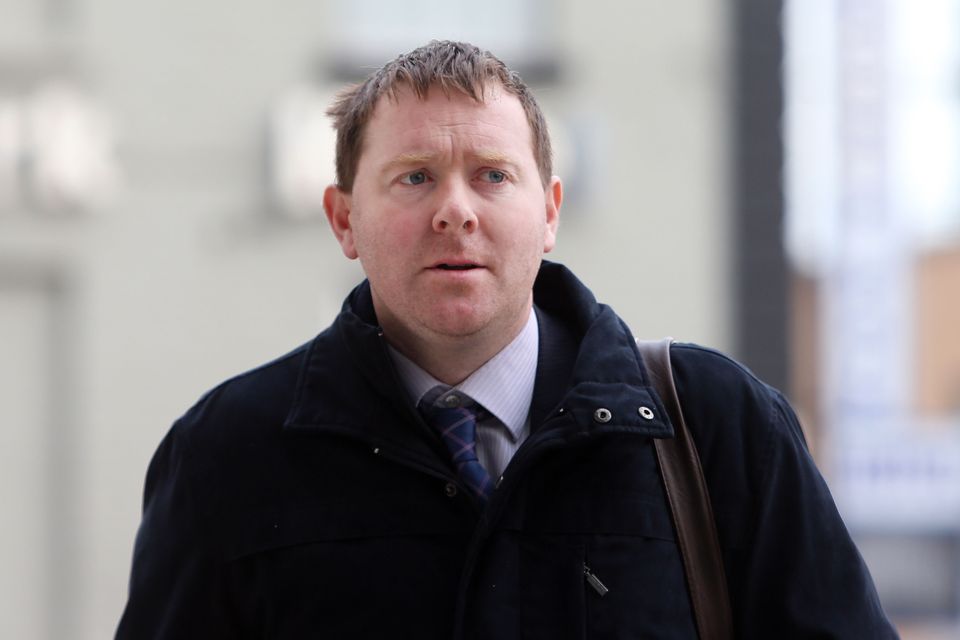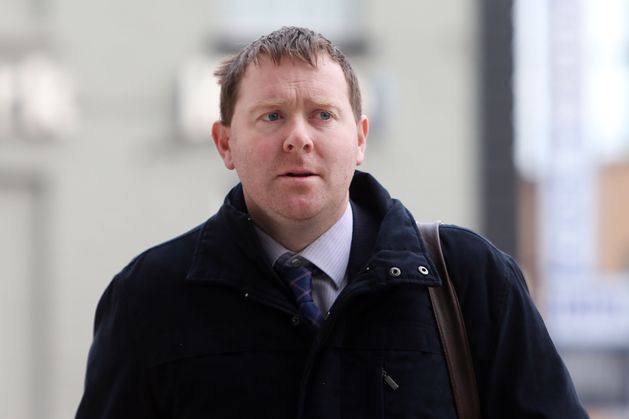Income tax bands could be hiked by €3,000 at the same cost

Fiscal Advisory Council chairperson Seamus Coffey. Photo: PA
The proposed Vat rate cut for hospitality businesses will cost the equivalent, per year, as increasing the standard rate income tax bands by €3,000, hiring 11,400 nurses or recruiting an extra 7,800 teachers, the Irish Fiscal Advisory Council has warned.
While the Fiscal Council, headed by economist Seamus Coffey of University College Cork, does not comment directly on individual budget measures the timing and language of the report will inevitably be seen as a blunt warning to Finance Minister Paschal Donohoe.
The analysis puts the full year cost of reducing the Vat rate for the hospitality sector from 13.5p to 9pc at €870m.
The State’s budget watchdog, set up after the Crash to avoid repeating the mistakes that left the economy and public finances in dire condition, sets out the stark numbers in a working paper released effectively on the eve of next Tuesday’s Budget 2026. The Coalition committed in the Programme for Government to reduce the Vat rate for hospitality, after making election promises to the sector.
Using Vat changes as an economic lever are very expensive, the White Paper notes.
“As a result, it is important that policymakers are informed about the impacts that these policy changes have on the macroeconomy,” the council said in a new working paper.
The paper examines the so called “pass-through” to consumers of a number of temporary Vat reductions and restorations that have benefited the Irish hospitality and tourism industry as well as other sectors like newspaper producers since 2010.
Its findings show a mixed picture, with the degree of pass-through varying significantly depending on the direction of the tax change and conditions in the wider economy
A 2011 Vat reduction led to a 50pc pass-through to consumer prices, the Council found, while
a 2019 Vat increase resulted in an 88pc pass-through.

Fiscal Advisory Council chairperson Seamus Coffey. Photo: PA
Today’s News in 90 Seconds – October 1st
More recent Vat changes, particularly in 2020 and 2023, showed lower levels of passthrough, influenced by external factors such as the COVID-19 pandemic, economic uncertainty and inflation, it found.
In the round the research found Vat increases are more likely to be passed on to a greater extent than reductions.
As part of the EU-IMF bailout programme, the Irish Government agreed to increase the standard rate of Vat from 21pc to 23pc.
For a six month period during Covid that was reversed, with the standard cut to 21pc.
The VAT rate on hospitality and tourism has changed four times since 2010: cut twice in 2011 and 2020, and increased in both 2019 and 2023, although the scope of the reduction differed at different times – for example to include or exclude accommodation. Newspapers, hairdressers and gyms have also seen Vat cuts over the period.
